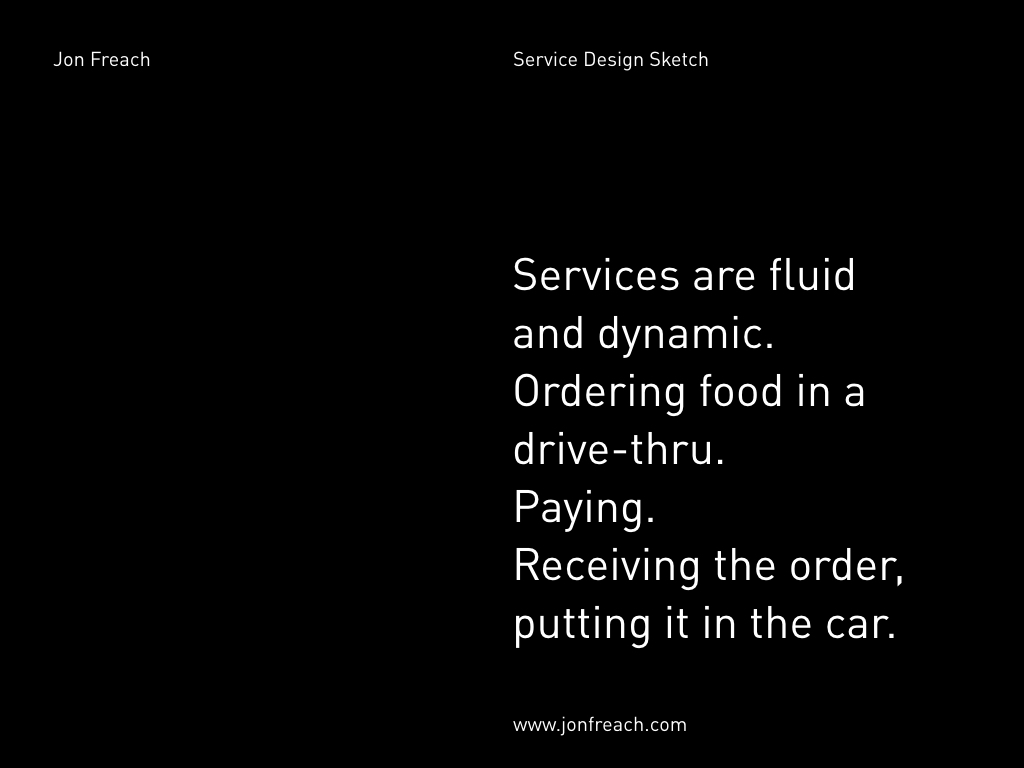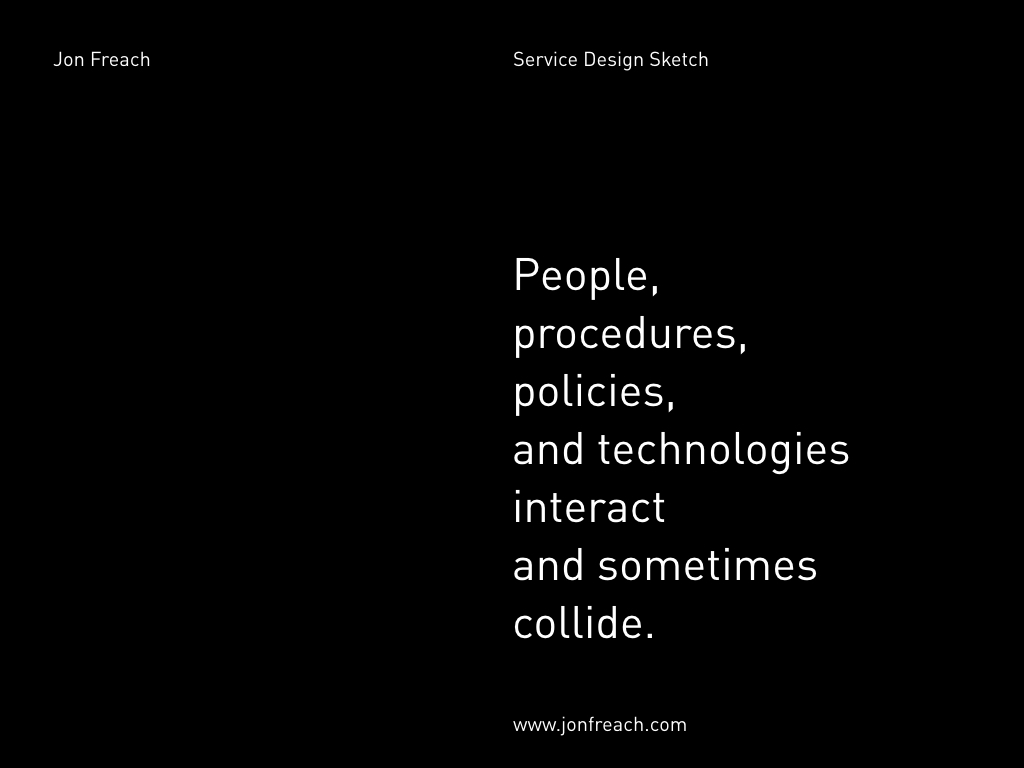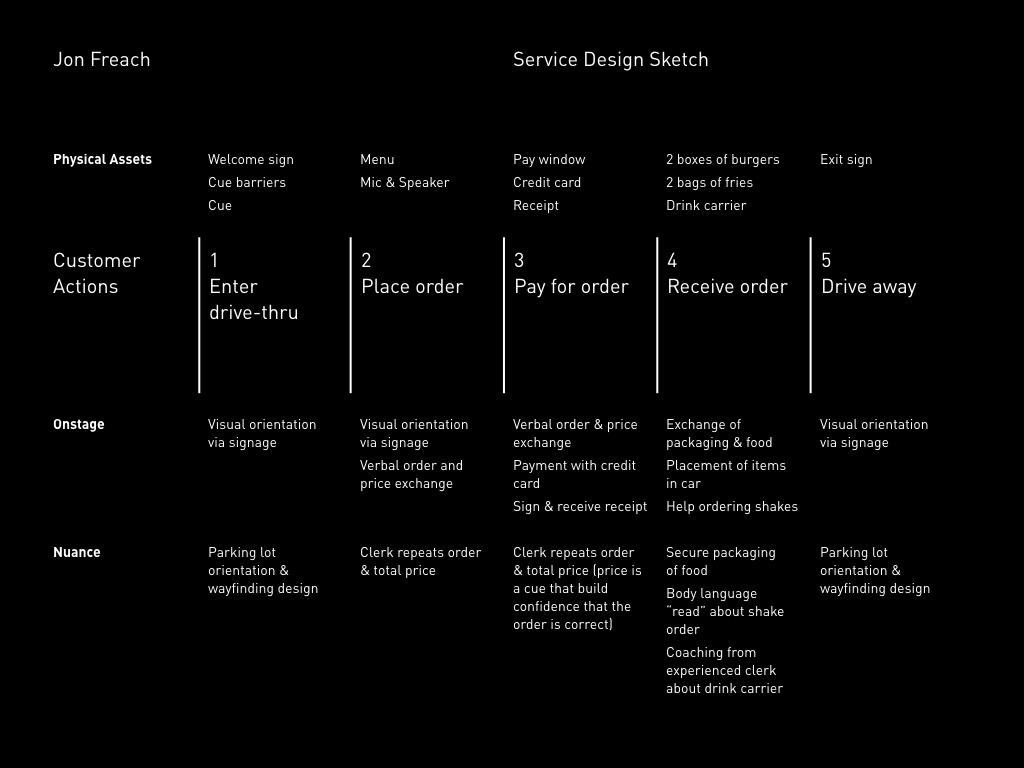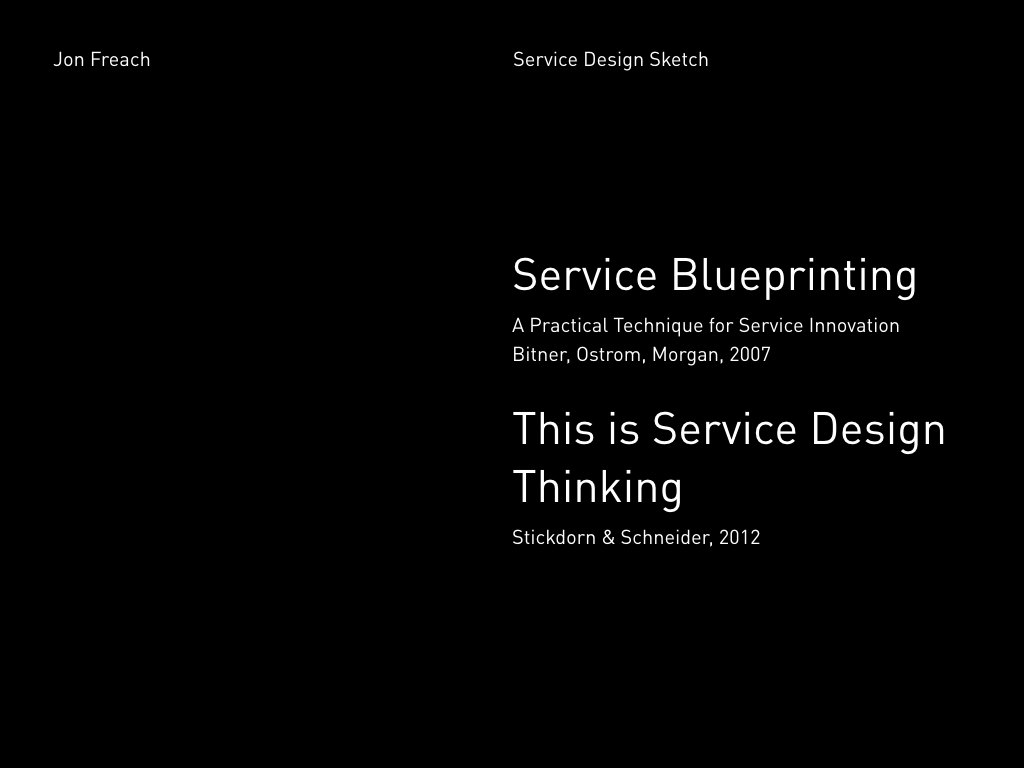5 Hamburgers, 1 Chicken Burger, 2 Cheeseburgers, and add mayo/mustard and bacon to the cheeseburger, 6 fries...so went the text I received before departing the studio on a Friday evening. Friends in town with kids, plus other friends in town with their kids, somehow found their way to my house.
In-N-Out Burger, the classic California burger chain now has a presence in Texas, not at all far from Wilshire Blvd (Austin’s version). Pulling in to the drive thru around 7 pm my hopes were not high and expected that I’d have to park post-order to really close the loop. Add to that the anxiety that I felt about successfully getting all those burgers and fries, its ripple effect sure to stall a line that usually snakes through the parking lot, often manned by an attendant on foot taking your order to keep the line moving a little faster towards the cashier while giving you the attention you need (a tricky kind of nuance).
But on this night of low expectations, their service culture kicked in to spike my moral. The line was not the problem this evening. In fact, nothing was. After prefacing my order to the exterior mic as “a big one” and receiving the total, I pulled forward to meet the young girl at the pay window who presented me with a spoken list of all the items. Knowing that I probably couldn’t keep it all straight, she also repeated the price, something like $34 bucks, which reassured me that her version of my itemized list was accurate despite my weak recollection. Next up, collecting the food, another anxiety-filled moment because of my own fear of dropping it during handoff due to the usually-lousy packaging and careless handling. It was during this moment that I realized I hadn’t ordered their infamous, whole milk vanilla shakes. I almost didn’t bother. But, I didn’t have to. My hesitation prompted the young guy at the food transfer window to ask if I needed anything else. So I did. And it wasn’t a problem. In a snap, he put the order in for shakes, took my credit card, and said my food was ready. He handed me a clean, white, un-branded box telling me that my 5 hamburgers were in it. I grabbed the box, and easily placed it on the passenger seat floor. I then turned to receive the next box, already sitting on the counter, but this one was piled high with approximately 20 ketchups. There it was — the first of many expected hiccups. But, before I could reach the box, an older attendant stepped in, removed the loose bags of ketchup from the top, and placed them, appropriately, in two bags of fries. He handed me the box, which fit perfect and snug on top of the first one already nestled into a small space on the floor, then the fries, an easy spot on the seat. When I turned to wrestle with the 4 shakes he was coaching the younger attendant about how to expand the cardboard cup holder to accommodate a fifth. He presented the thing to me, and with confidence it occupied a spot on the passenger seat next to the fries. All of this in under 5 minutes. At least it felt that way to me.
Nuances like these aren't dumb luck at In-N-Out Burger. The quality of interactions inside match those outside. When a customer pauses at a pick-up counter, or looks for the ketchup, an employee leans in. They're trained to read body language and doing so leads to efficient actions and positive encounters that last. This is one of the outcomes of cultivating a well-designed service culture. The staff enjoy their work, taking pride in the details of their everyday interactions between each other and customers (it's apparent) and we return not just for the locally-sourced beef, veggies, and dairy, but also because the experience will be great. And as we now understand, experience matters. Great services consider and reconsider every touchpoint, all the time. It is an unsettling process of attending to details always under scrutiny. Fortunately, the service design industry has matured in the last decade, and we now use powerful conceptual tools to anticipate, plan, and prototype what optimal services can be like. Service Blueprints are one of those tools that every designer must have in their toolbox. They enable a design team and stakeholders to model current and future states of all those touchpoints between a customer, and the people, places, things, and services that make up a brand experience. Defining a touchpoint requires understanding what interactions are like at various points throughout an experience (often referred to as a “journey”). Interactions might consist of physical, verbal, digital, or gestural exchanges. Understanding the qualities of these interactions, when they occur, where, by whom, with whom, and by what means, then adding that layer of insight to a model of the journey can reveal critical touchpoints to emphasize and design.
Below: a brief sketch of my drive thru experience at In-N-Out using elements of a typical Service Blueprint.






